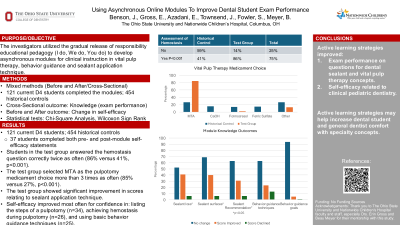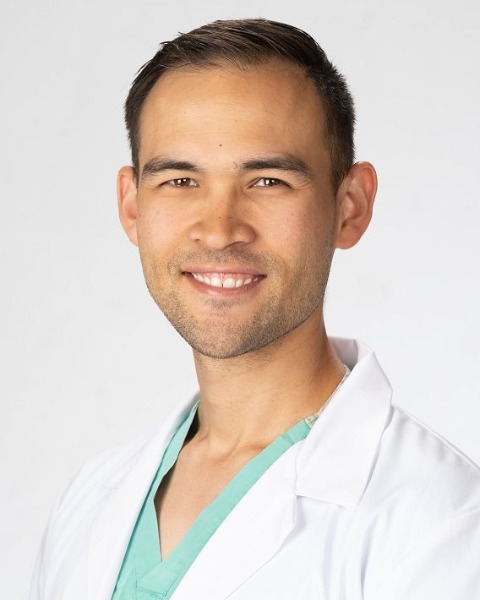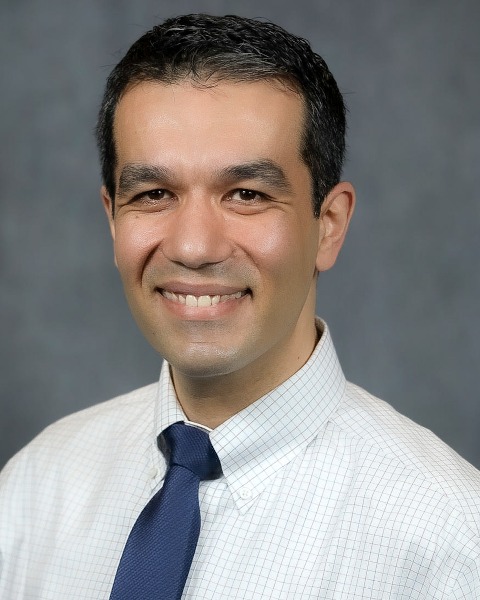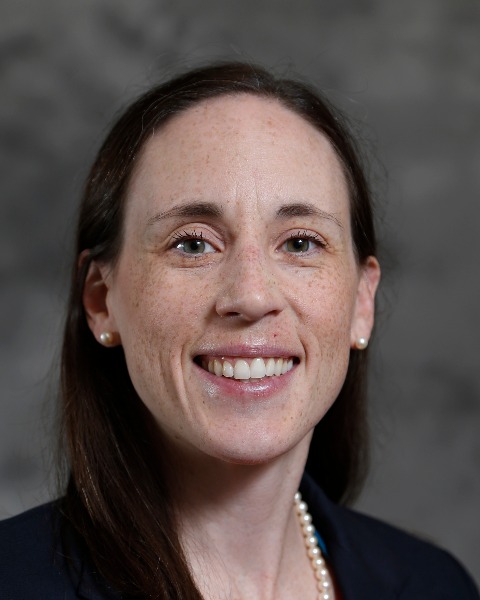Other
106 - Using Asynchronous Online Modules To Improve Dental Student Exam Performance


Joseph Benson, DDS (he/him/his)
Pediatric Dental Resident
The Ohio State University, Columbus, OH
The Ohio State University College of Dentistry
Reynoldsburg, Ohio, United States- SF
Sara Fowler, DDS, MS
The Ohio State University, Columbus, OH
- JT
Janice Townsend, DDS, MS
Nationwide Childrens Hospital

Ehsan N. Azadani, DDS, MS
Assistant Professor and Attending
The Ohio State University and Nationwide Children's Hospital
The Ohio State University and Nationwide Children's Hospital
Columbus, Ohio, United States- BM
Beau Meyer, DDS, MPH
Associate Professor
The Ohio State University
Columbus, Ohio, United States - EG
Erin Gross, DDS
Primary Investigator- Faculty Advisor
The Ohio State University, Columbus, OH
Columbus, Ohio, United States 
Kim Hammersmith, DDS, MPH, MS
Program Director
The Ohio State University and Nationwide Children's Hospital
The Ohio State University and Nationwide Children's Hospital
Columbus, Ohio, United States
Presenting Author(s)
Co-Author(s)
Research Mentor(s)
Program Director(s)
Purpose: To assess the effectiveness of online modular learning on knowledge of clinical topics in pediatric dentistry, as well as self-efficacy outcomes using the I Do, You Do, We Do educational pedagogy.
Methods: Three asynchronous online modules were developed using the I Do, You Do, We Do pedagogy and were posted to Carmen Canvas. Each module covered a different clinical topic in pediatric dentistry. Fourth-year dental students were required to complete the modules before challenging an Objective Structured Clinical Exam (OSCE). Before and after completion of each module, students were asked 14 5-point Likert-style self-efficacy statements. Additionally, OSCE performance on a clinical pulp therapy question was compared to historical controls. Changes in self-efficacy were evaluated using a matched pairs sign rank test and performance on the clinical pulp therapy question was analyzed using a chi-square test of independence.
Results: Performance on the clinical pulp therapy question was compared between 122 current fourth-year dental students and 454 historical controls from previous classes. First-time pass rate improved significantly (P=.002) with the most dramatic improvement in selecting an evidence-based pulpotomy medicament. A subset of 37 students completed pre- and post-module self-efficacy statements. In 13 of 14 items self-efficacy improved.
Conclusion: Alternative educational pedagogies may be effective in increasing student exam performance on an OSCE for clinical topics as well as improving student self-efficacy. Integrating alternative educational methodologies into the predoctoral dental education curricula may be a productive practice for improving dental education outcomes.
Identify Supporting Agency and Grant Number:

.jpg)